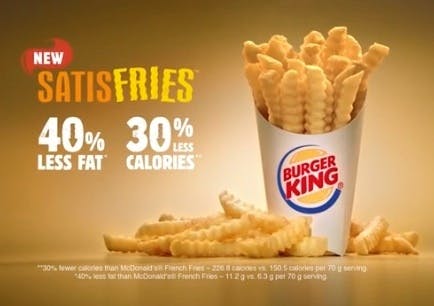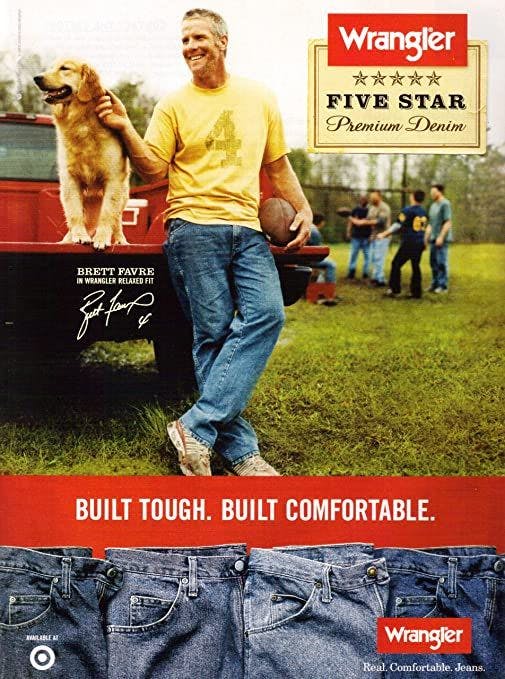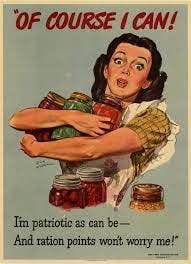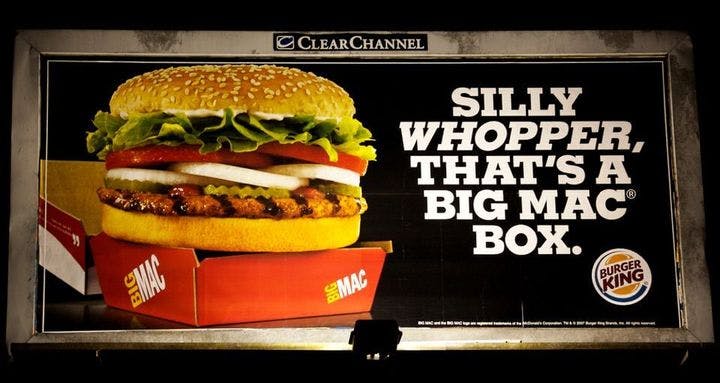Propaganda in Advertising
Propaganda.
A buzzword when it comes to modern politics.
A tactical word when it comes to World War II history books.
And a synonymical word for advertising.
Propaganda: Communication that is used to influence an audience.
Advertising: Message to promote or sell a product, service or idea.
The word propaganda carries a lot of negative weight compared to the word advertising. Propaganda is associated with evil, manipulation and a dystopian society. Whereas advertising is associated with an annoying, unavoidable but scrollable, part of our day-to-day life.
One feels harmful, the other feels harmless.
Propaganda is limited to a specific agenda or mission. Advertising builds upon that by adding in goods, services, and ideas. Many, if not all of the day-to-day ads we scroll past or walk by incorporate some level of propaganda to pursued you into buying that said good, service, or switching up how you view something.
As someone who works in the advertising industry, it’s important to know what can drive results. As someone who is also a consumer, it’s important to know what feels manipulative versus what holds meaning. Think of getting ads in the same way as getting advice from someone. You can listen to them but you don’t have to do as they say. It comes down to whether or not you trust them and think what they are saying would make your life better and more meaningful. If you are more aware of the tactics being used, you can be in better control of your decision making. The tricky part is that successful ads make it really f*cking hard to not be influenced. The good ads linger in the way a good book does after reading it. As Will Awdry puts it, advertising is simply just renting out space in someone’s mind.
The ads the linger tend to be ads that influence the way you feel or think about something. That’s where propaganda comes in with advertising. Listed below are 10 of many propaganda appeal tactics used in advertising. Look at all of them and notice what ads scratch those surface-level impulse decision making feelings and what ads tap into the deeper emotions (sadness, humor, fear, motivation). What ads will you remember tomorrow?
1. Fear
The best at making you imagine the worst.
Fear has been shown to be one of the most powerful emotions humans experience. Advertisements that use fear force you into a decision-making position by giving you an ultimatum. They highlight a risk that you may or may not be aware of while at the same time giving you an option to prevent it from happening.
Example Language:
- • Do this or else _____ will happen.
- • We’re out of time to ______.
- • I never thought _____ until _______ happened.
- • Imagine what would happen if_____.
- • Stop_____ before _____.
2. Card Stacking
The hidden fine print.
Card Stacking ads highlight one point and intentionally ignore the rest to create a blind spot. It’s stressing the good over the bad. It’s like trying to cover a big cut on your leg with a finger-bandaid, but many times consumers may not know there's a cut to begin with.
Example Language:
- • Data focused on one point: 50% more, 50% less
- • Focus on one feature: Safe for eyes.
- • We’re now doing ______ .
- • More ____ than before.
*In H&M’s case, they have been notoriously known for greenwashing as they highlight one portion of initiative that contradicts the company’s core of fast-fashion.
3. Bandwagon
Everyone’s doing it and you should, too.
Ads using the bandwagon approach tap into the fear of missing out. They purposely make you feel like an outsider in order to spark some curiosity of what life would be like with that said good/service/idea.
Example Language:
- America has made the switch to ______.
- Texan’s Favorite ______.
- … and that’s why so many people chose ______.
- One million ______ sold!
4. Stereotyping
Talk to the groups.
Stereotypes are over generalized beliefs about groups that are then directed towards individuals. Stereotype ads lean into jut that, stereotypes, whether to reinforce it or to oppose it. These ads appeal to audiences that want to be associated with them or have felt targeted by them.
Example Language:
- This group only does ______.
- This group is sick of being told they can't ______.
- This is how ______ should look.
- This group wishes they were as good as ______.
5. Glittering Generalities
It sounds good but what does it mean?
Glittering generalities use very broad and vague words/phrases that sound meaningful but aren’t informative. These ads avoid focusing on specific details as it can mean different things to different people. It’s left up to the consumer to decide the meaning. This appeal shows up frequently in brand taglines, political campaigns and sporty car commercials.
Example Taglines:
- Eat Fresh (Subway)
- Think Different (Apple)
- The Best A Man Can Get (Gillette)
- Forward Together (Hillary Clinton)
- Make America Great Again (Donald Trump)
- Not Me. Us. (Berine Sanders)
6. Celebrity Endorsement
Haters gonna hate. Influencers gonna influence.
Ads using celebrity endorsements associate the fame + popularity of a person to a product/service/idea. This can help elevate what is being promoted because the “best-of-the-best” are using it.
Example Language:
- ______ makes my busy lifestyle easier.
- I need to let you know about ______.
- My secret is ______.
- Use ____ and you can be just like me.
7. Plain-Folk
The every-day-person endorsement.
Ads using the plain appeal talk to you through average people. The opposite of a celebrity endorsement, these ads feel more relatable to your day-to-day lifestyle. You can easily switch yourself out for the person in the ad.
Example Language:
- My son has a ____ problem and here is how I fix it.
- My life hasn’t been the same after starting ______.
- Do you also struggle with ______?
- We get it.
8. Name-Calling
We’re better than them.
Ads using the name-calling approach convince you to favor them over their competitor. By name-dropping another company, they force you into a position to chose between two sides.
Example Language:
- ______ doesn’t do this, but we do.
- Do you want _______ or ______?
- Something you may not know about _____ is that they______.
- What side are you on?
9. Transfer
Apples and oranges.
Transfer ads takes the feelings you have towards one thing and directly associate them towards something unrelated. These can be either positive or negative associations to gain more support for their side.
Example Language:
- When you do _____ you are actually supporting ______.
- Chose us, the _______ brand.
- We are just like ______.
10. Repetition
The opposite of out-of-sight-out-of-mind.
Repetition ads can take two forms; single ad or high-frequency ad. Single repetition ads repeat their name, a word or phrase over and over again in efforts to stick with you. High-frequency repetition ads, aka ad nauseam, show up a noticeable amount of times in your day-to-day life.
Placement Examples:
Single repetition ads are most common in infomercials and on radio. High-frequency repetition ads are most common in places you visit daily or for long periods of time. This can take form of buying multiple ad spots along a long sidewalk route or showing up on social media every time you open the app.




















